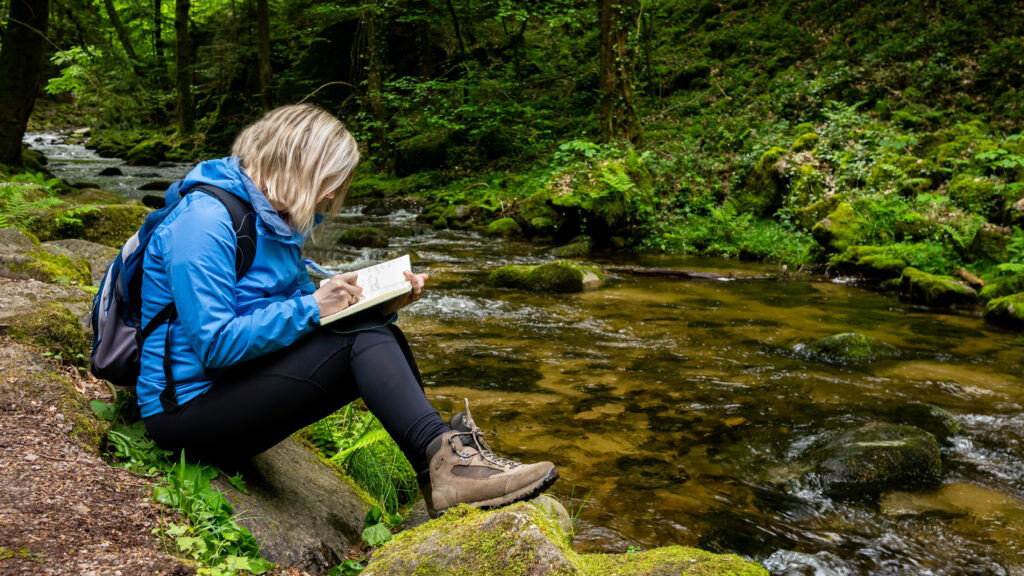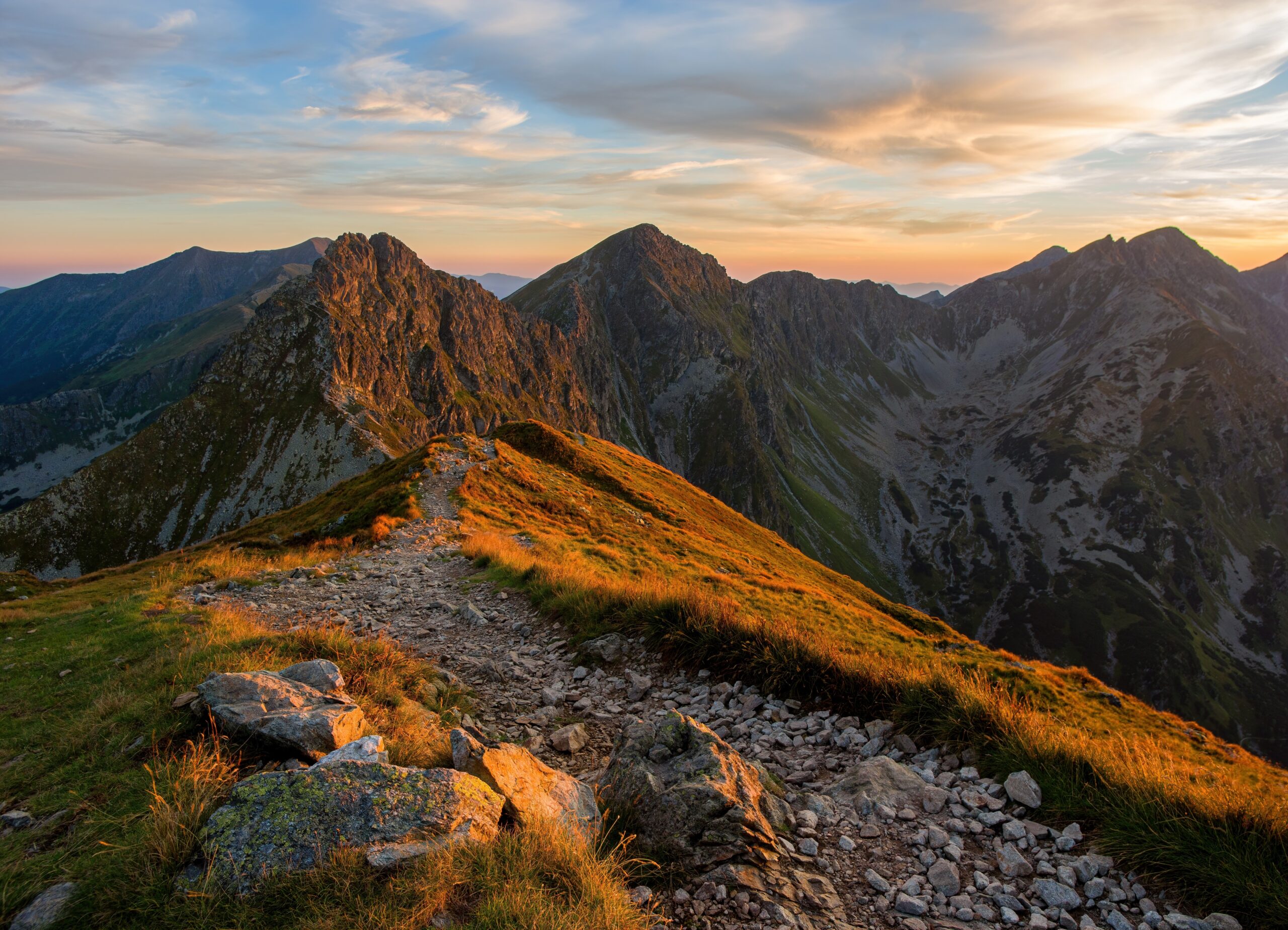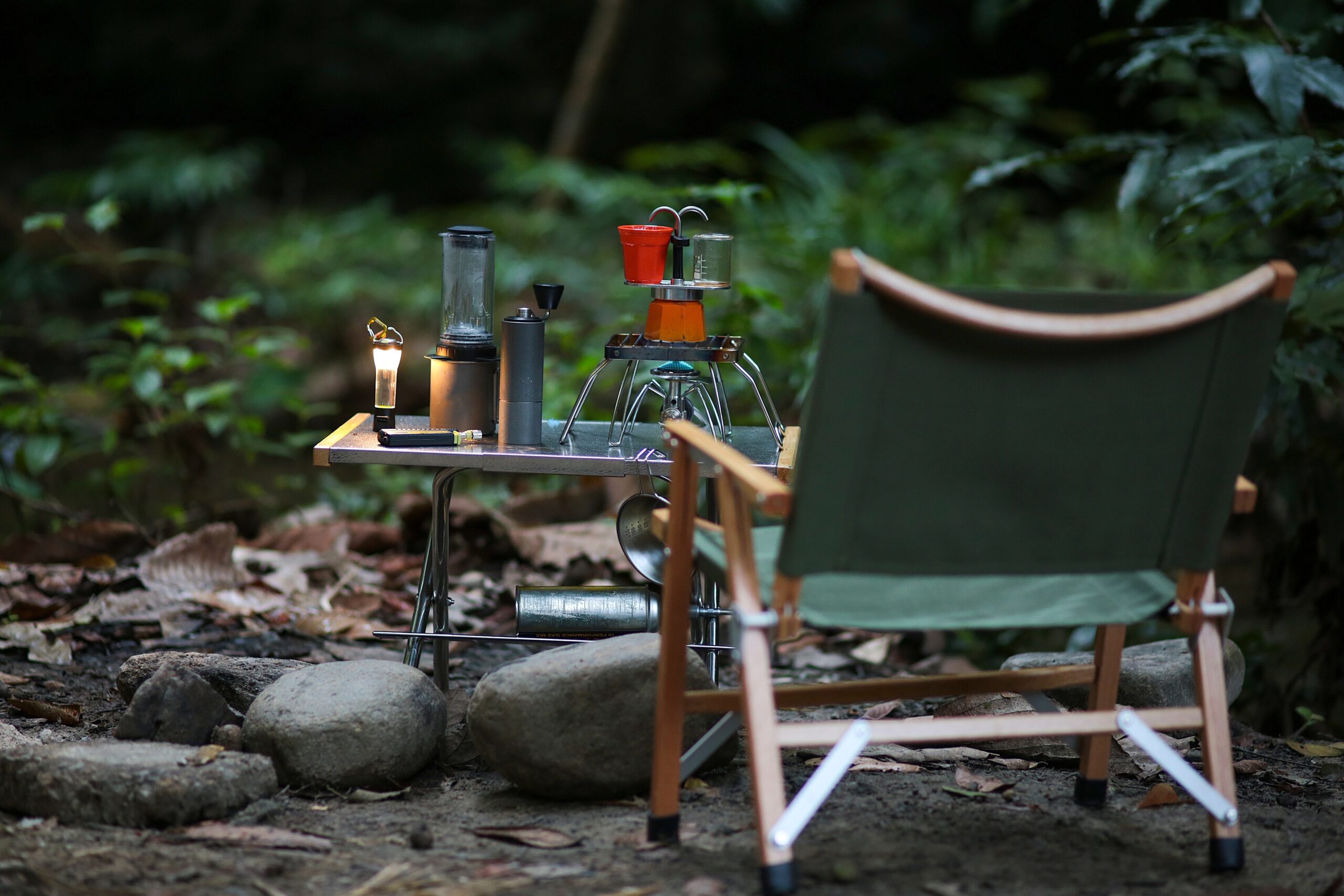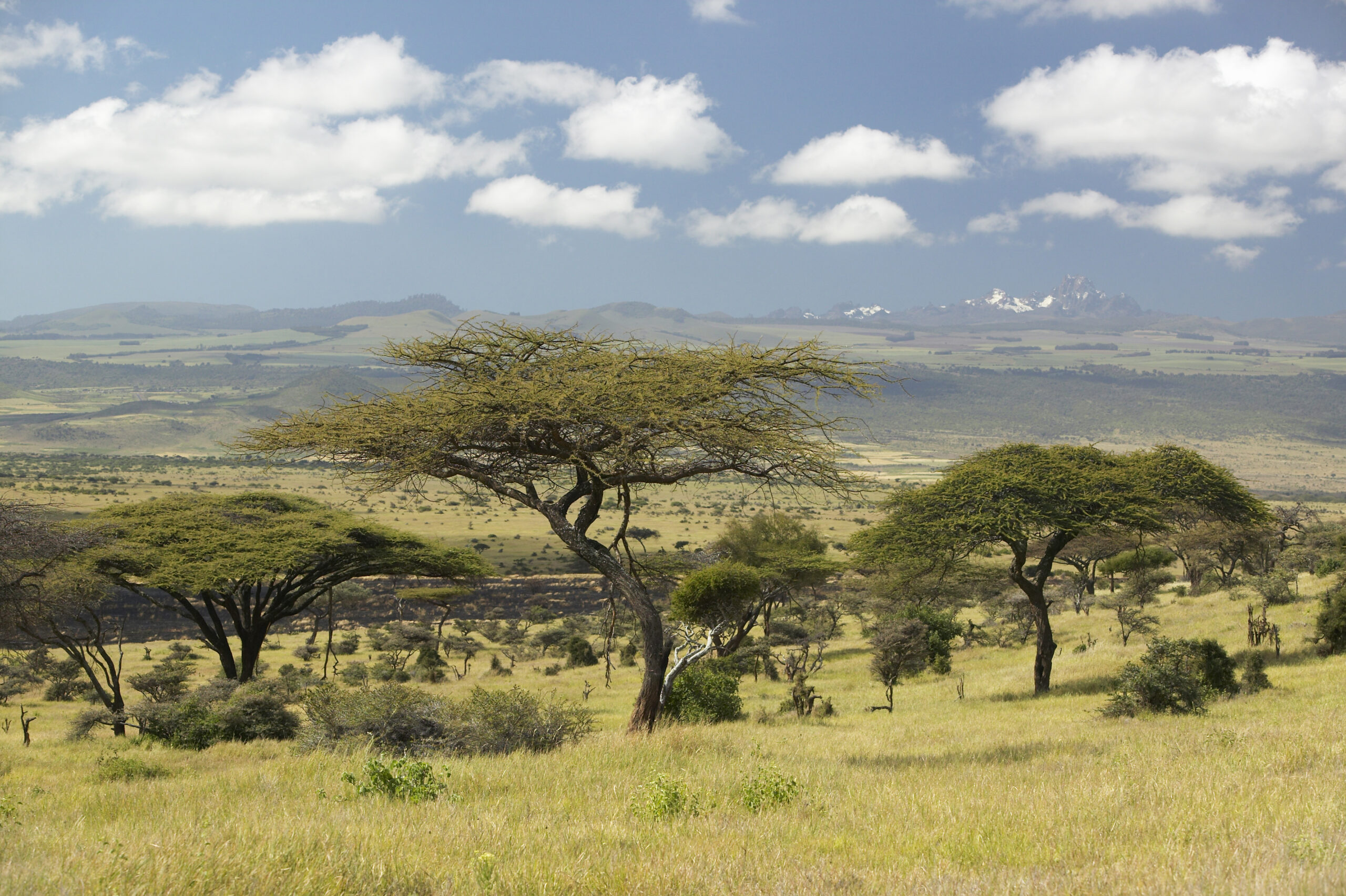Hiking doesn’t have to be about conquering distance or elevation — it can be about connection, reflection, and renewal. When you walk with intention, the trail becomes a place not just to move, but to be. This guide explores how to cultivate mindfulness on the trail, from grounding your senses and setting intentions, to breathing with awareness and truly seeing the world around you. It’s time to leave distraction behind and walk into presence — one intentional step at a time.
Outline
- What Does It Mean to Hike With Intention?
- The Difference Between Movement and Mindful Movement
- Why Nature Is the Ideal Place for Presence
- Preparing for a Mindful Hike
- Setting an Intention Before You Walk
- Mindfulness Practices on the Trail
- Silent Hiking: A Deeper Experience
- Using the Five Senses to Anchor Your Awareness
- Journalling & Reflection After the Hike
- Final Thoughts: Every Step Is a Meditation
What Does It Mean to Hike With Intention?
To hike with intention means to walk not just to get somewhere, but to experience where you are, right now.
It means being present:
- With your breath
- With your body
- With the sounds, scents, and textures of the trail
- With whatever emotion you’re holding
It’s the difference between a hike and a pilgrimage. Between logging miles and learning something deeper.
The Difference Between Movement and Mindful Movement
Not all walking is the same. When you hike mindfully, you engage more than just your legs.
Movement:
- Often goal-oriented (distance, pace, calorie count)
- Focused on “getting there”
- Usually distracted by music, conversations, or phones
Mindful Movement:
- Anchored in breath and body awareness
- Present in each footfall
- Open to thoughts, sensations, and emotion — without judgement
The journey becomes the destination.
Why Nature Is the Ideal Place for Presence
Nature invites stillness. It naturally slows the mind and soothes the nervous system. Studies show that natural environments:
- Reduce stress and cortisol
- Improve focus and mood
- Lower heart rate and blood pressure
- Boost feelings of awe, gratitude, and joy
In the wild, we return to our original rhythm.
Preparing for a Mindful Hike
Before you even lace up your boots, slow down. Mindful hiking starts with intention.
What to bring:
- Water, snacks, layers — yes
- Earphones? Maybe leave them
- A journal or notebook (optional but lovely)
- A small natural object for grounding — like a stone, shell or feather
Choose a trail that matches your energy — not your ego.
Setting an Intention Before You Walk
Intentions give shape to your time outdoors. They offer gentle guidance, not rigid goals.
Try these examples:
- “I want to clear my mind.”
- “I want to reconnect with myself.”
- “I walk today to honour someone or something.”
- “I want to be fully present for this moment.”
- “I welcome whatever this trail offers me.”
Say it out loud. Whisper it to the trees. Write it in your notebook.
Mindfulness Practices on the Trail
You don’t need to meditate formally — just walk with awareness.
Try:
- Focusing on your breath for 10–20 steps
- Counting your steps silently (1 to 10, then begin again)
- Walking slowly and deliberately, tuning into the feeling of each foot touching the ground
- Naming what you see, hear, smell (e.g. “blue sky,” “rustling leaves,” “pine sap”)
- Noticing thoughts as they arise, letting them go like clouds
If you catch yourself rushing, stop. Inhale. Begin again.
Silent Hiking: A Deeper Experience
Solo hiking in silence can be deeply grounding. If you’re with others, consider trying intentional silence for part of the walk.
Benefits of silent hiking:
- Deeper connection to surroundings
- Space to process thoughts or emotions
- More attuned senses
- Unexpected insights
The trail speaks more clearly when we stop speaking over it.
Using the Five Senses to Anchor Your Awareness
A great way to stay present is the 5–4–3–2–1 grounding exercise while walking:
- 5 things you can see
- 4 things you can feel
- 3 things you can hear
- 2 things you can smell
- 1 thing you can taste (or remember tasting)
Repeat this at a scenic spot or rest break. It brings you fully into your body and the moment.
Mindfulness isn’t about clearing your mind. It’s about filling it — with now.

Journalling & Reflection After the Hike
End your hike with quiet time to reflect. Writing helps integrate the experience.
Ask yourself:
- How did I feel when I began? How do I feel now?
- What did I notice on the trail that I usually overlook?
- What came up for me — thoughts, emotions, insights?
- What am I grateful for in this experience?
Even a few lines can help you carry the clarity home.
Final Thoughts: Every Step Is a Meditation
Hiking with intention turns the outdoors into a mirror — reflecting your inner world, inviting healing, and deepening connection.
You don’t need to walk far. You don’t need to walk fast.
You just need to walk with awareness.
Because the trail is not something we conquer —
It’s something we enter into.







